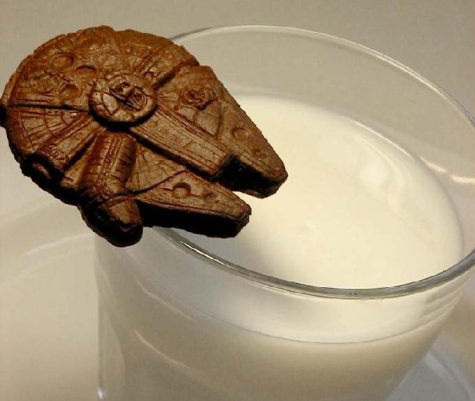Silica Symphony, Mars White Rock Fingers (APOD 07 Apr 08)
Posted: Mon Apr 07, 2008 10:07 am
Mysterious White Rock Fingers on Mars
http://antwrp.gsfc.nasa.gov/apod/ap080407.html
--------------------------------------
Unusual Silica Rich Soil Discovered on Mars
http://antwrp.gsfc.nasa.gov/apod/ap071218.html
.
<<You're rolling across Mars when you unexpectedly uncover some unusually light soil. You stop. You turn. You return to inspect the soil and find out it is almost purely silica -- the main ingredient in quartz and glass. Such soil has never been found on Mars before. What created this soil? Since you are the robotic rover Spirit currently rolling across Mars, you send the images and data back to Earth for analysis. Your scientist friends from the blue water planet say that such soil on Earth is usually created by either volcanic steam or a hot spring.>>
---------------------------------------
http://www.seinfeldscripts.com/ThePilot.html
DANA: What... What is that on your lip?
GEORGE: What?
DANA: It's like a discoloration. It's white.
GEORGE: (gets up and picks a mirror) Yes. Yes, it's white. Why it's white.
DANA: You'd better get that checked out.
GEORGE: Better get that checked out?
DANA: I would.
..........................................
GEORGE: (to the cab driver) Excuse me, do you see anything on my lip here?
CABBIE: Yeah, it's like a discoloration.
GEORGE: Oh, my God.
CABBIE: Yeah, it's all white.
GEORGE: (to Jerry) It's all white Jerry! It's all white!
..........................................
STU: (to George) Yeah I think I see it. It's like a white discoloration.
GEORGE: (to Jay) What do you think it is?
JAY: It's like a... white discoloration.
------------------------------------
http://antwrp.gsfc.nasa.gov/apod/ap080407.html
--------------------------------------
Unusual Silica Rich Soil Discovered on Mars
http://antwrp.gsfc.nasa.gov/apod/ap071218.html
.
<<You're rolling across Mars when you unexpectedly uncover some unusually light soil. You stop. You turn. You return to inspect the soil and find out it is almost purely silica -- the main ingredient in quartz and glass. Such soil has never been found on Mars before. What created this soil? Since you are the robotic rover Spirit currently rolling across Mars, you send the images and data back to Earth for analysis. Your scientist friends from the blue water planet say that such soil on Earth is usually created by either volcanic steam or a hot spring.>>
---------------------------------------
http://www.seinfeldscripts.com/ThePilot.html
DANA: What... What is that on your lip?
GEORGE: What?
DANA: It's like a discoloration. It's white.
GEORGE: (gets up and picks a mirror) Yes. Yes, it's white. Why it's white.
DANA: You'd better get that checked out.
GEORGE: Better get that checked out?
DANA: I would.
..........................................
GEORGE: (to the cab driver) Excuse me, do you see anything on my lip here?
CABBIE: Yeah, it's like a discoloration.
GEORGE: Oh, my God.
CABBIE: Yeah, it's all white.
GEORGE: (to Jerry) It's all white Jerry! It's all white!
..........................................
STU: (to George) Yeah I think I see it. It's like a white discoloration.
GEORGE: (to Jay) What do you think it is?
JAY: It's like a... white discoloration.
------------------------------------
